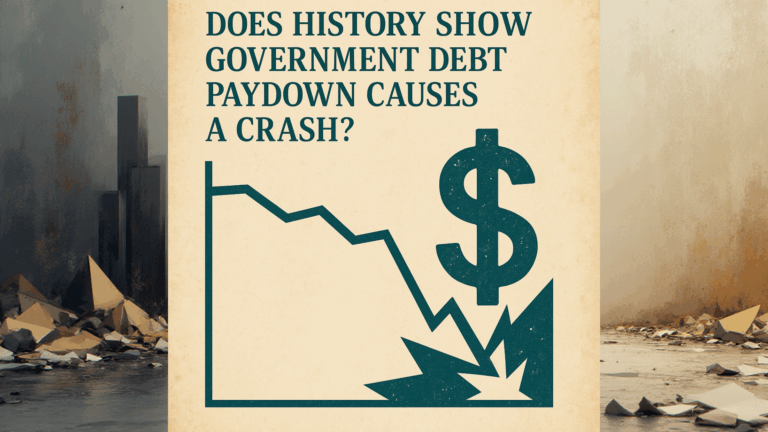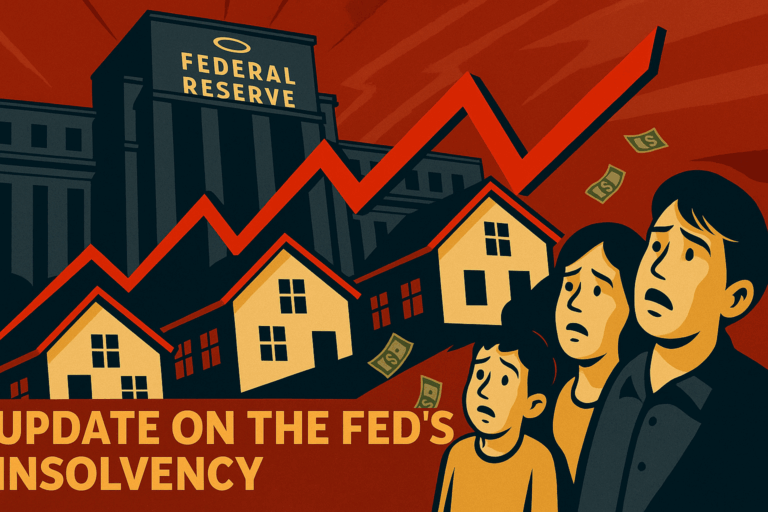At infineo, we’re marrying Whole Life insurance with blockchain technology. Yet in order to appreciate the significance of what we’re doing, you must first understand the “old school” benefits of conventional Whole Life insurance. Unlike term insurance, permanent life insurance provides not just a death benefit for your heirs but also “living benefits” for the policyholder. The present post will give you a crash course in cash management using Whole Life.
Term vs. Permanent Life Insurance
There are two broad classes of life insurance: term and permanent. Term life insurance, as the name suggests, is only in-force for a specified length, such as a 1-, 5-, 10-, or even 30-year term. Term insurance has been likened to renting an apartment: In exchange for a monthly payment (either the premium or the rent), the buyer is entitled to a flow of services (either death benefit coverage or shelter). But when the contractual term expires, the insurance coverage drops or the tenant must move out of the apartment. There is no residual financial gain from the history of payments; the life insurance company owes nothing to the buyer of a now-expired term policy, and the landlord owes no equity to a previous renter.
In contrast, with permanent life insurance, so long as the owner of the policy makes the contractually required premium payments, the policy stays in force for the entire life of the insured. Within the broad class of permanent life insurance, Whole Life insurance is the most fundamental and plain vanilla form. (Other types of permanent life insurance include Universal Life and Variable Life, which have more moving parts than Whole Life.)
Cash Surrender Value in a Whole Life Policy
If term insurance is analogous to renting an apartment, Whole Life insurance is analogous to buying a house with a mortgage. With each monthly payment, not only does the owner receive a flow of services, but he or she also builds equity in the underlying asset. Specifically, with a Whole Life policy, at any point the owner can decide to turn in the policy and receive the “Cash Surrender Value.” The Cash Surrender Value (CSV) is contractually guaranteed to grow over time during the life of the policy; it is the bare minimum that the buyer knows will be available. A Whole Life policy is constructed such that the CSV will grow to eventually equal the face death benefit at age 121 (in the US), at which point the policy will mature and pay the owner this amount, if he or she still happens to be alive. Of course, if the insured dies before that age, then the full death benefit goes to the named beneficiaries.
Intuitively, because the insurance company knows that in-force Whole Life policies will eventually be paid (unlike term policies which usually expire without triggering), it invests their incoming premium payments in various assets, so that it will be in a position to make the death benefit payments as they occur in the future. When someone surrenders a policy early, the insurance company is able to give them a partial payment (which is smaller than the actual death benefit) because they have been growing an earmarked collection of assets on behalf of that policy. This is another way of understanding the Cash Surrender Value.
Policy Loans: No Credit Checks, Income Verification, or Payback Schedule
Besides outright surrender, another avenue for accessing the growing “equity” in a Whole Life policy is to take out a policy loan. As part of the contractual rights built into the policy, the owner always has the option of taking out a loan (up to a large fraction of the CSV) at a pre-specified interest rate. Believe it or not, the insurance company grants this loan without any credit checks or income verification, and without even a schedule for payback!
The reason for such leniency is that the insurance company itself guarantees the collateral on the loan, namely the CSV of the Whole Life policy. For example, if an individual has an outstanding $10,000 policy loan, and she surrenders her policy when it has a (gross) CSV of $35,000, then the home office first pays the loan off, and then sends the (net) $25,000 to the owner for the surrendered policy. Similar treatment occurs in the case of death; only the net death benefit is paid to the beneficiary, after the outstanding loan balance has been extinguished.
From the insurance company’s viewpoint, policy loans are the safest investment conceivable, because default is literally impossible. (They are safer even than Treasury securities, because Uncle Sam could decide to implement a haircut in a crisis.) The only downside is that policy loans are an illiquid asset; the insurance company doesn’t know exactly when it will get paid back, only that it will get paid back. This explains why the insurance company can afford to grant policy loans at favorable rates relative to other consumer lenders.
Cash Management with Whole Life
Although it is often disparaged by popular investment gurus, insiders have long known that besides providing basic death benefit coverage, Whole Life insurance is an excellent financial vehicle viewed purely as an asset class. (Indeed, in the late 1980s the US Congress amended the tax code to deter wealthy individuals from putting so much of their money into Whole Life!)
Specifically, a policyholder can use his or her Whole Life policy as a platform for cash management. By directing surplus cashflows into one or more suitably designed policies, the individual or business owner builds up a large and liquid pool of wealth to tap (via a policy loan) when a major expense comes along. Given the attributes of Whole Life, financing purchases this way usually makes a lot more sense than doing it any other way.
(Note that if you are uninsurable for medical reasons, or if you already have the underwriting limit of life insurance on yourself, you can still take advantage of these “living benefits” of Whole Life by starting policies on other people — such as your spouse, child, business partner, etc. — where you still make the premium payments and control the cash flows into and out of the policy.)
The main virtue of Whole Life insurance is its dependability. It can never go down in value, and (modest) growth is built into the initial contractual guarantees. Furthermore, if it is a participating policy — especially one issued by a mutual company, in which the policyholders are the owners of the company — then Whole Life also benefits from dividends, which typically occur because the conservative personnel at the home office make pessimistic assumptions about mortality and investment performance when crafting the guarantees into the contract. In other words, besides the guaranteed growth in Cash Surrender Value, in practice the Whole Life owner will receive dividend payments as well, which can either be taken as cash or rolled back into the policy to buy additional paid-up life insurance.
Because the home office personnel are interested in the long-run ability to meet death benefit payments, they invest accordingly, primarily in fixed-income assets. This means that Whole Life policies avoid the wild booms and busts in the equities markets. Throughout the twentieth century, the dividend scale in Whole Life policies was much more consistent than the volatile stock market.
Answering the Critics
Although few would dispute the safety of Whole Life, the major objection to its role as an asset class is its ostensibly poor financial performance, when judged by the internal rate of return on the Cash Surrender Value, taking into account the history of premium payments. In the first place, this perspective overlooks the fact that Whole Life is insurance, and offers a very large “rate of return” in the event of death.
Beyond that, the simple fact is that Whole Life has respectable returns (even in the narrow sense given above) in the long run, especially in light of its low correlation with the stock market. For US owners who have handled their policy appropriately, this internal growth is not itself taxed, leading to enhanced returns relative to other assets. (Note that the tax treatment is more complicated in Canada.) For newly issued policies, the long-run IRR on the CSV in Whole Life policies is projected to be in the high-4s or even low-5 percent range, meaning you would have to earn at least 7 percent on an alternative investment that is conventionally taxed.
It would be difficult to find such an asset that also shares the feature of Whole Life that once it attains a certain market value, it can’t go down. As a final consideration, note that Whole Life policies have an advantage over Treasury bonds and other fixed-income assets, because Whole Life doesn’t suffer from interest rate risk. In other words, when rapidly rising interest rates put downward pressure on bond portfolios — as the failure of Silicon Valley Bank exhibited so dramatically — Whole Life policies still maintain their stated Cash Surrender Values.
Conclusion
As the above considerations demonstrate, there are tremendous advantages to cash management with Whole Life insurance. There is a lot more to the story, of course; in this post I have just summarized the basics. To learn more about the soundness of life insurance, or to set up a meeting with an advisor to see how Whole Life insurance could be integrated into your household or business financial plan, please see the infineo website.
Dr. Robert P. Murphy is the Chief Economist at infineo, bridging together Whole Life insurance policies and digital blockchain-based issuance.

